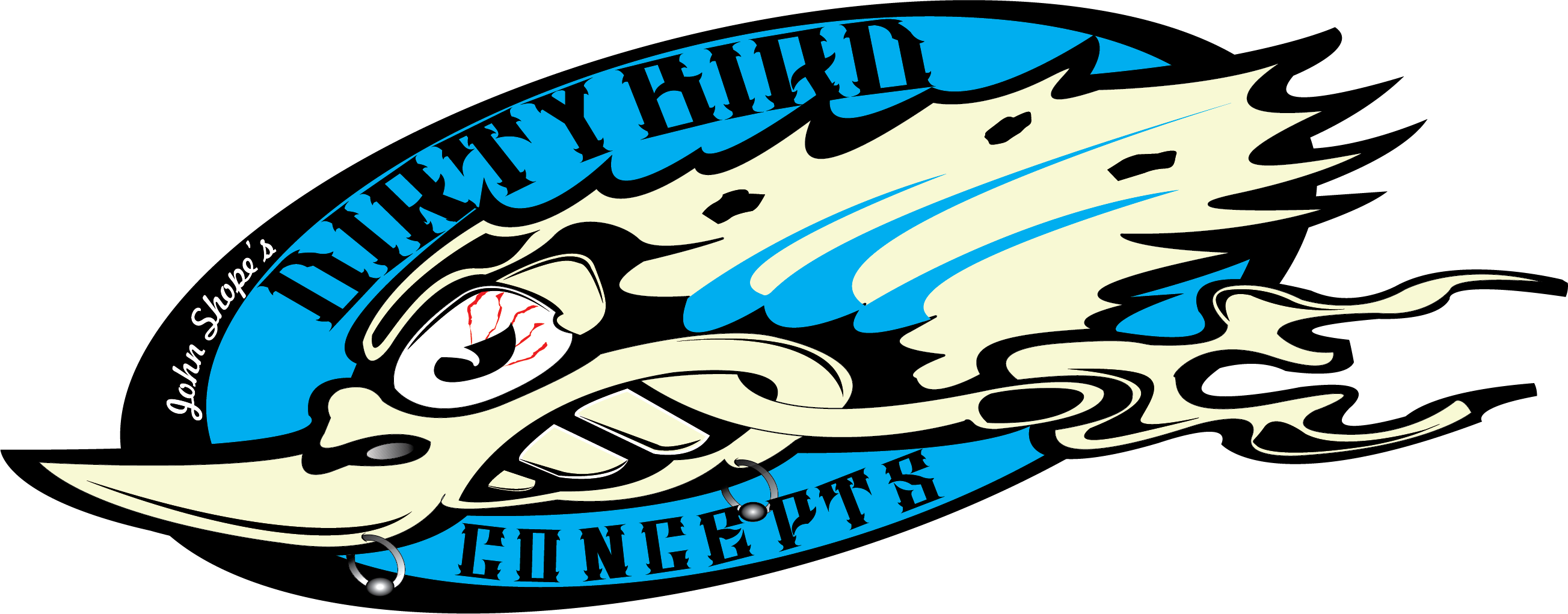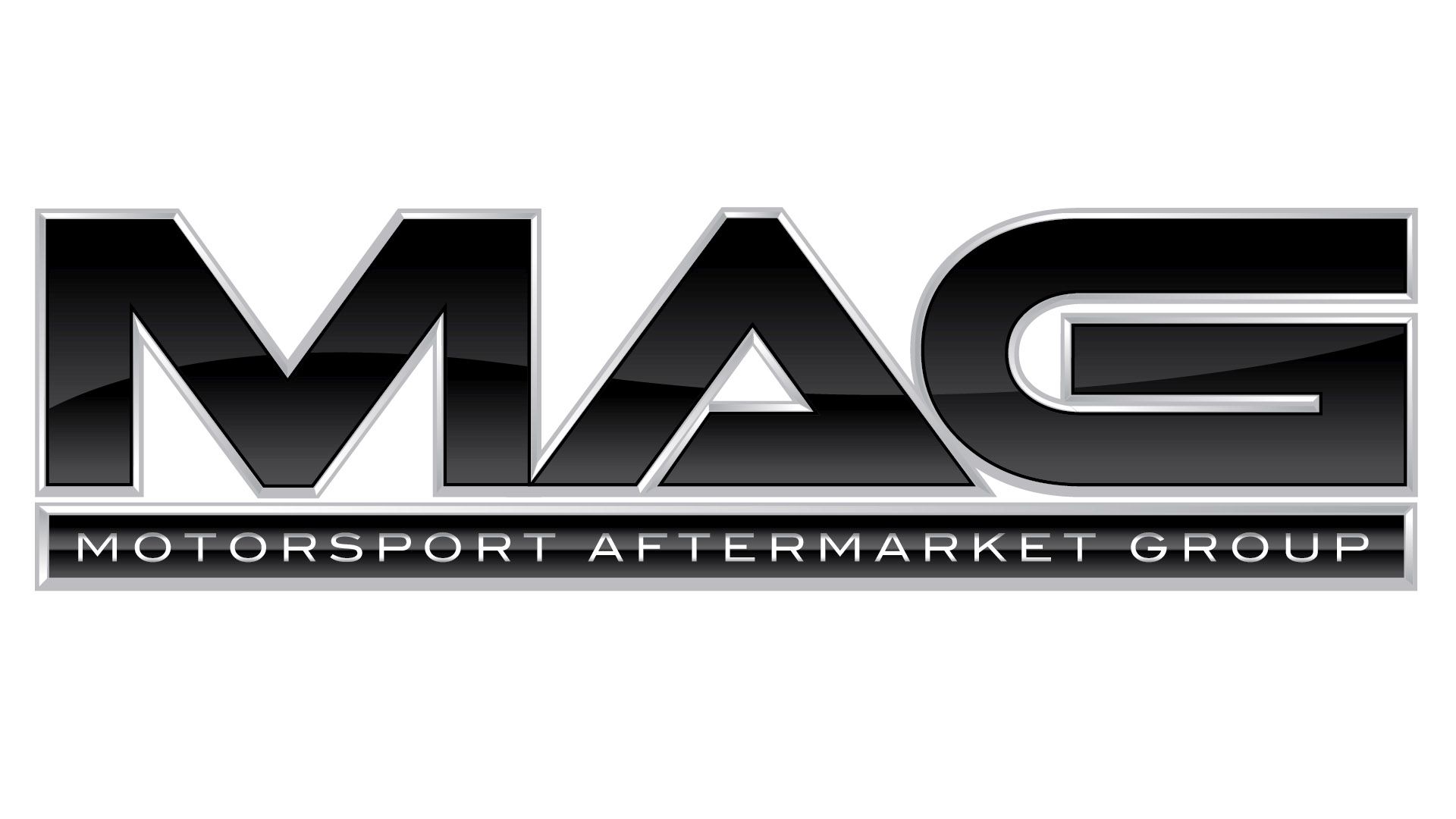MILWAUKEE, April 24, 2018 – Harley-Davidson, Inc. (NYSE:HOG) today reported first-quarter 2018 results and confirmed its 2018 outlook. The company also announced it is accelerating its strategy for growth, anchored by its objective to build the next generation of riders globally.
First Quarter 2018
- EPS of $1.03 ($1.24 excluding manufacturing optimization costs)
- Consolidated revenue up 2.7%
- HDFS operating income up 20.8%, year-over-year credit losses down
- Increased dividend 1.4%, repurchased 1.4 million shares
- Growth in international retail sales
- Manufacturing optimization initiative on-track
- Confirmed full-year shipment guidance
- Strategy enhancement and acceleration planned
First quarter 2018 GAAP diluted EPS was $1.03. Excluding manufacturing optimization costs, diluted EPS was $1.24. First quarter 2017 GAAP diluted EPS was $1.05. First quarter 2018 net income was $174.8 million on consolidated revenue of $1.54 billion versus net income of $186.4 million on consolidated revenue of $1.50 billion in the first quarter of 2017.
Harley-Davidson international retail motorcycle sales were up 0.2 percent in the first quarter of 2018 compared to 2017 and U.S. retail sales were down 12.0 percent. Worldwide retail sales decreased 7.2 percent.
“We are pleased to deliver revenue growth on the heels of our recent product investments in Softail and Touring. This, plus solid financial services segment performance and strong cash returns during the first quarter underscore our commitment to drive shareholder value,” said Matt Levatich, president and chief executive officer, Harley-Davidson, Inc. “Our international markets returned to retail sales growth supporting our long-term objective to increase international sales to build the next generation of riders globally.”
Strategy to Build Riders Globally
During the first quarter, the company continued progress on its 2027 objectives: build 2 million new riders in the U.S., grow its international business to 50 percent of annual volume, launch 100 new high impact motorcycles and do so profitably and sustainably.
Considering prolonged softness in the U.S. industry and given what the company believes is untapped potential in international markets and in certain high-growth spaces globally, the company is crafting strategy accelerants to deliver significant value through 2022. Harley-Davidson plans to leverage its core business more fully and expand in new directions to accelerate value creation as it pursues its long-term objectives.
“Our view of the highly competitive global motorcycle market is grounded in a realistic assessment of risks, opportunities and capabilities needed to inspire ridership and grow our business. Our data-driven insights compel us to enhance and accelerate our strategies to ensure we deliver on our long-term objectives as we build the next generation of Harley-Davidson riders,” stated Levatich.
The company is currently refining its plans and this summer intends to reveal significant additional steps to improve performance and value creation through 2022.
Building Riders
As Harley-Davidson continues to make progress building the next generation of riders, the company increased its reach and impact during the first quarter through a wide range of efforts including:
- Added to the long legacy of its Sportster motorcycle line with the introduction of the Iron 1200™ and Forty-Eight® Special The latest in a line of 100 high-impact motorcycles the company expects to introduce by 2027, these new Sportsters combine throw-back styling trends from the custom-bike scene with the solid foundation of the Sportster platform and the punchy performance of the Evolution 1200 V-Twin engine. The U.S. MSRP of the new models start at $9,999 and $11,299 respectively.
- Continued to grow the appeal of motorcycling by debuting Harley-Davidson Snow Hill Climb at X Games Aspen alongside ski, snowboard and other action-sports competitions.
- Increased brand access by adding new international dealers and new apparel and lifestyle boutiques in popular shopping areas in China and India.
- Welcomed riders and non-riders to celebrate freedom as the company recognizes 115 years of continuous motorcycle manufacturing in 2018. Fans were invited to join the global freedom movement on social media using #HD115 and join celebrations in Prague in July and Milwaukee over Labor Day weekend.
- Invested in a collaborative agreement with Alta Motors, an innovator in lightweight electric vehicles, supporting Harley-Davidson’s commitment to lead in the electrification of the sport of motorcycling to reach new customers in new spaces.
Manufacturing Optimization
To further improve its manufacturing operations and cost structure, in the first quarter of 2018 the company commenced its previously announced multi-year manufacturing optimization initiative anchored by the consolidation of its motorcycle assembly plant in Kansas City, Mo. into its plant in York, Pa. The company continues to expect to incur restructuring and other consolidation costs of $170 million to $200 million and capital investment of approximately $75 million through 2019 and expects ongoing annual cash savings of $65 million to $75 million after 2020. In the first quarter, costs related to the manufacturing optimization were $47.6 million.
Harley-Davidson Retail Motorcycle Sales
|
Vehicles |
1st Quarter | ||
| 2018 | 2017 | Change | |
| U.S. | 29,309 | 33,316 | (12.0)% |
| EMEA | 10,862 | 10,167 | 6.8% |
| Asia Pacific | 6,329 | 6,863 | (7.8)% |
| Latin America | 2,506 | 2,342 | 7.0% |
| Canada | 2,080 | 2,361 | (11.9)% |
| International Total | 21,777 | 21,733 | 0.2% |
| Worldwide Total | 51,086 | 55,049 | (7.2)% |
The U.S. 601+cc industry was down 11.1 percent in the first quarter compared to 2017. Harley-Davidson’s first quarter market share was 50.4 percent in the U.S. The 601+cc industry in Europe was down 7.3 percent in the first quarter compared to 2017. Harley-Davidson’s first quarter market share was up 1.3 percentage points to 10.4 percent in Europe.
Motorcycles and Related Products Segment Results
| 1st Quarter | |||
| 2018 | 2017 | Change | |
| Motorcycle Shipments (vehicles) | 63,944 | 70,831 | (9.7)% |
| Revenue $ in thousands | |||
| Motorcycles | $1,121,673 | $1,083,639 | 3.5% |
| Parts & Accessories | $169,075 | $168,023 | 0.6% |
| General Merchandise | $56,601 | $55,836 | 1.4% |
| Gross Margin | 34.7% | 35.7% | (1.0)pts |
| Operating Income | $172,838 | $236,546 | (26.9)% |
| Operating Margin | 12.7% | 17.8% | (5.1)pts |
First quarter revenue from motorcycles and related products was up versus the prior year. Operating margin as a percent of revenue decreased in the quarter compared to 2017 primarily due to costs associated with our manufacturing optimization initiative.
Financial Services Segment Results
|
$ in thousands |
1st Quarter | ||
| 2018 | 2017 | Change | |
| Revenue | $178,174 | $173,221 | 2.9% |
| Operating Income | $63,579 | $52,636 | 20.8% |
Financial services operating income increased 20.8 percent in the first quarter compared to 2017.
Income Tax Rate
Harley-Davidson’s first quarter effective tax rate was 24.1 percent compared to 34.5 percent in 2017. The decreased tax rate was due to the favorable impact of the 2017 Tax Cuts and Jobs Act.
Other Results
Cash and marketable securities were $753.5 million at the end of Q1 2018, compared to $844.7 million in 2017. Harley-Davidson generated $191.6 million of cash from operating activities in 2018 compared to $159.9 million in 2017. The company paid a cash dividend of $0.37 per share for the first quarter, an increase of 1.4 percent compared to the prior year. On a discretionary basis, Harley-Davidson repurchased 1.4 million shares of its common stock during the first quarter for $65.1 million. During the quarter, there were approximately 169.2 million weighted-average diluted common shares outstanding. At the end of the quarter, 24.2 million shares remained on board-approved share repurchase authorizations.
2018 Outlook
The company continues to expect the following for the full-year 2018:
Motorcycle shipments to be approximately 231,000 to 236,000 motorcycles. In the second quarter, the company expects to ship approximately 67,500 to 72,500 motorcycles.
Operating margin as a percent of revenue to be approximately 9.5 to 10.5 percent including manufacturing optimization costs of $120 million to $140 million.
Capital expenditures of $250 million to $270 million including approximately $50 million to support manufacturing optimization.
Effective tax rate of approximately 23.5 to 25.0 percent.
The company now expects Harley-Davidson Financial Services operating income to be flat to down modestly.
Company Background
Harley-Davidson, Inc. is the parent company of Harley-Davidson Motor Company and Harley-Davidson Financial Services. Since 1903, Harley-Davidson Motor Company has fulfilled dreams of personal freedom with custom, cruiser and touring motorcycles, riding experiences and events and a complete line of Harley-Davidson motorcycle parts, accessories, general merchandise, riding gear and apparel. Harley-Davidson Financial Services provides wholesale and retail financing, insurance, extended service and other protection plans and credit card programs to Harley-Davidson dealers and riders in the U.S., Canada and other select international markets. For more information, visit Harley-Davidson’s Web site at www.harley-davidson.com.
Webcast Presentation
Harley-Davidson will discuss first quarter 2018 results on a webcast at 8:00 a.m. CT today. The webcast login and supporting slides can be accessed at http://investor.harley-davidson.com/news-and-events/events-and-presentations. The audio replay will be available by approximately 10:00 a.m. CT.
Non-GAAP Measures
This press release includes financial measures that have not been calculated in accordance with U.S. generally accepted accounting principles (GAAP) and are therefore referred to as non-GAAP financial measures. The non-GAAP measures described below are intended to be considered by users as supplemental information to the equivalent GAAP measures, to aid investors in better understanding the Company’s financial results. The Company believes that these non-GAAP measures provide useful perspective on underlying business results and trends, and a means to assess period-over-period results. These non-GAAP measures should not be considered as a substitute for, or superior to, measures of financial performance prepared in accordance with GAAP. These non-GAAP measures may not be the same as similarly titled measures used by other companies due to possible differences in method and in items or events being adjusted.
The non-GAAP measure included in this press release is diluted EPS excluding manufacturing optimization costs which was calculated based on net income excluding manufacturing optimization costs, which is also a non-GAAP measure. Manufacturing optimization costs include restructuring expenses and costs associated with temporary inefficiencies incurred in connection with the manufacturing optimization initiative. A reconciliation of these non-GAAP measures to the comparable GAAP measure is included later in this press release.
Forward-Looking Statements
The company intends that certain matters discussed in this release are “forward-looking statements” intended to qualify for the safe harbor from liability established by the Private Securities Litigation Reform Act of 1995. These forward-looking statements can generally be identified as such because the context of the statement will include words such as the company “believes,” “anticipates,” “expects,” “plans,” or “estimates” or words of similar meaning. Similarly, statements that describe future plans, objectives, outlooks, targets, guidance or goals are also forward-looking statements. Such forward-looking statements are subject to certain risks and uncertainties that could cause actual results to differ materially, unfavorably or favorably, from those anticipated as of the date of this release. Certain of such risks and uncertainties are described below. Shareholders, potential investors, and other readers are urged to consider these factors in evaluating the forward-looking statements and cautioned not to place undue reliance on such forward-looking statements. The forward-looking statements included in this release are only made as of the date of this release, and the company disclaims any obligation to publicly update such forward-looking statements to reflect subsequent events or circumstances.
The company’s ability to meet the targets and expectations noted depends upon, among other factors, the company’s ability to (i) develop and execute its business strategy, (ii) execute its strategy of growing ridership, globally, (iii) effectively execute its manufacturing optimization initiative within expected costs and timing, (iv) develop and introduce products, services and experiences that are successful in the marketplace, (v) manage the impact that new or adjusted tariffs may have on the cost of raw materials and components and our ability to sell product internationally, (vi) manage the impact that prices for and supply of used motorcycles may have on its business, including on retail sales of new motorcycles, (vii) balance production volumes for its new motorcycles with consumer demand, including in circumstances where competitors may be supplying new motorcycles to the market in excess of demand at reduced prices, (viii) manage through changes in general economic and business conditions, including changing capital, credit and retail markets, and the changing political environment, (ix) manage risks that arise through expanding international manufacturing, operations and sales, (x) successfully execute the company’s manufacturing strategy, including its flexible production strategy, (xi) prevent and detect any issues with its motorcycles or any associated manufacturing processes to avoid delays in new model launches, recall campaigns, regulatory agency investigations, increased warranty costs or litigation and adverse effects on its reputation and brand strength, and carry out any product programs or recalls within expected costs and timing, (xii) continue to manage the relationships and agreements that the company has with its labor unions to help drive long-term competitiveness, (xiii) accurately estimate and adjust to fluctuations in foreign currency exchange rates, interest rates and commodity prices, (xiv) manage the credit quality, the loan servicing and collection activities, and the recovery rates of HDFS’ loan portfolio, (xv) retain and attract talented employees, (xvi) prevent a cybersecurity breach involving consumer, employee, dealer, supplier, or company data and respond to evolving regulatory requirements regarding data security, (xvii) continue to develop the capabilities of its distributors and dealers and manage the risks that its independent dealers may have difficulty obtaining capital and managing through changing economic conditions and consumer demand, (xviii) adjust to tax reform, healthcare inflation and reform and pension reform, and successfully estimate the impact of any such reform on the company’s business, (xix) manage through the effects inconsistent and unpredictable weather patterns may have on retail sales of motorcycles, (xx) manage supply chain issues, including quality issues and any unexpected interruptions or price increases caused by raw material shortages or natural disasters, (xxi) implement and manage enterprise-wide information technology systems, including systems at its manufacturing facilities, (xxii) manage changes and prepare for requirements in legislative and regulatory environments for its products, services and operations, (xxiii) manage its exposure to product liability claims and commercial or contractual disputes, and (xxiv) successfully access the capital and/or credit markets on terms (including interest rates) that are acceptable to the company and within its expectations.
In addition, the company could experience delays or disruptions in its operations as a result of work stoppages, strikes, natural causes, terrorism or other factors. Other factors are described in risk factors that the company has disclosed in documents previously filed with the Securities and Exchange Commission.
The company’s ability to sell its motorcycles and related products and services and to meet its financial expectations also depends on the ability of the company’s independent dealers to sell its motorcycles and related products and services to retail customers. The company depends on the capability and financial capacity of its independent dealers and distributors to develop and implement effective retail sales plans to create demand for the motorcycles and related products and services they purchase from the company. In addition, the company’s independent dealers and distributors may experience difficulties in operating their businesses and selling Harley-Davidson motorcycles and related products and services as a result of weather, economic conditions or other factors.




